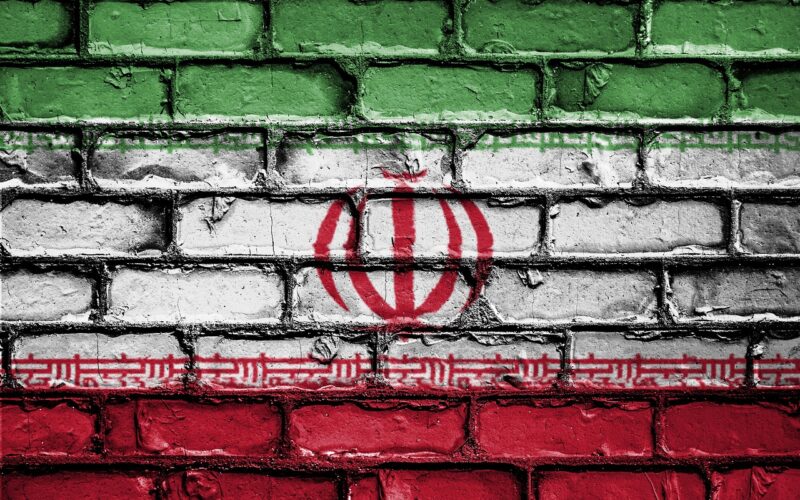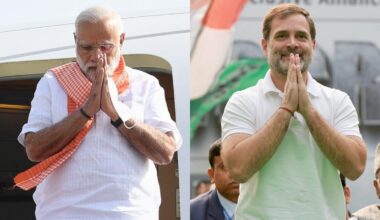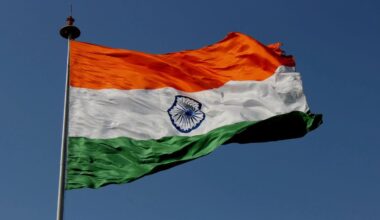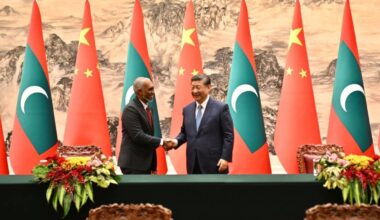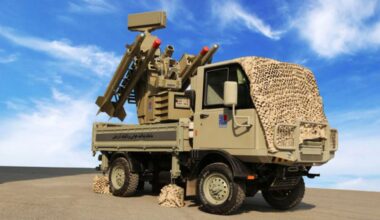In 1979, Iran underwent a seismic shift. The Iranian Revolution toppled the Pahlavi monarchy. Shah Mohammad Reza Pahlavi, a U.S.-backed ruler, faced growing unrest. Economic inequality, political repression, and Western influence fueled public anger. Ayatollah Ruhollah Khomeini, a Shia cleric, emerged as the revolution’s leader. Exiled in Paris, he spread anti-Shah messages via cassette tapes. His calls for Islamic governance resonated widely. By 1978, protests paralyzed Iran. The Shah’s regime crumbled under pressure. He fled in January 1979.
Khomeini returned triumphantly. He capitalized on his charisma and religious authority. A referendum established an Islamic Republic. Khomeini became Supreme Leader, wielding ultimate power. He sidelined secular and leftist allies. The new constitution gave him control over the military, judiciary, and media. The Islamic Revolutionary Guard Corps (IRGC) was formed to protect the regime. Khomeini’s vision of a theocratic state took hold. Opposition was crushed through executions and purges. By 1980, his grip on Iran was ironclad. After his death in 1989, Ayatollah Ali Khamenei succeeded him, continuing the theocratic rule.
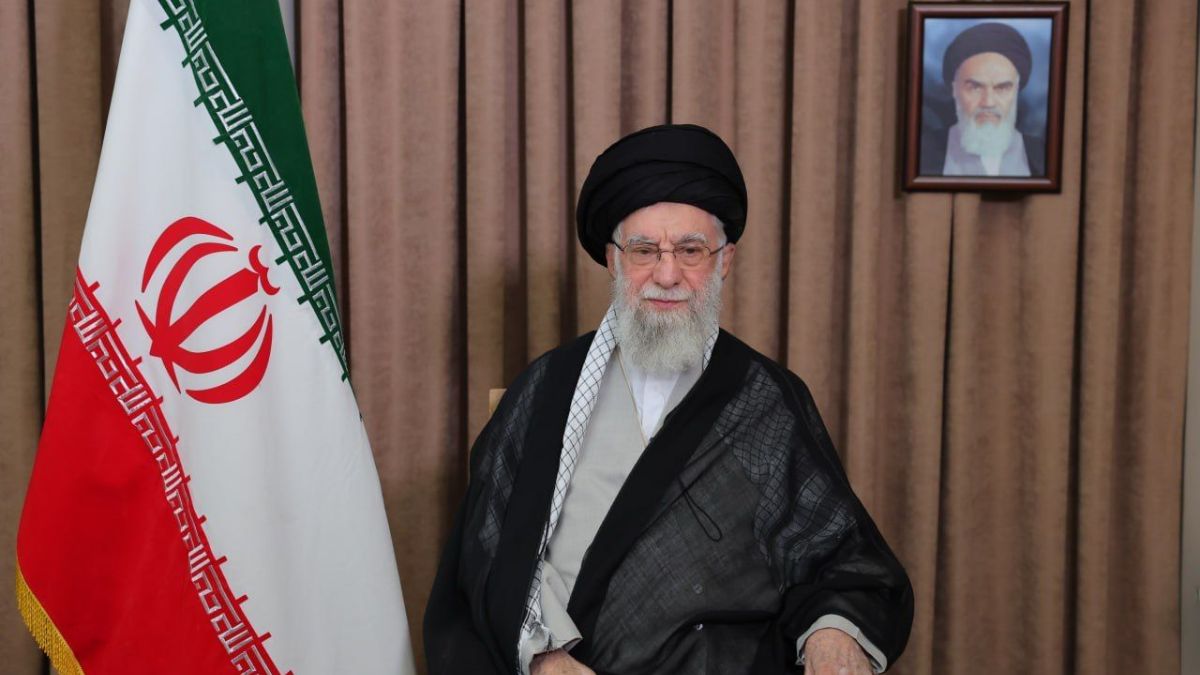
Current Status of Common People in Iran
Life for ordinary Iranians is challenging. Economic sanctions, mismanagement, and corruption cripple the economy. Inflation soars, often exceeding 40% annually. Unemployment hovers around 10%, higher for youth. Many struggle to afford basic goods. Food prices have skyrocketed. Power outages and water shortages are common. The middle class is shrinking. Poverty affects over 30% of the population.
Political repression stifles dissent. The morality police enforce strict dress codes, especially on women. Protests, like those in 2022 over Mahsa Amini’s death, face brutal crackdowns. Thousands are arrested; hundreds killed. Internet censorship limits free expression. Dual nationals and journalists are often detained. Ethnic minorities, like Kurds and Baluchis, face discrimination.
Despite this, Iranians show resilience. Underground cultural scenes thrive. Youth embrace social media to voice frustrations. Many dream of reform but fear reprisals. The regime’s grip remains tight, but public discontent simmers. Recent Israeli strikes have heightened fears of economic collapse and war, adding to civilian woes.
Why Israel and Iran Are Enemies
Israel and Iran weren’t always foes. Before 1979, they shared military and economic ties. Iran, under the Shah, was the second Muslim-majority country to recognize Israel. Both saw Arab states as common threats. The 1979 Revolution changed everything. Khomeini declared Israel the “Little Satan,” branding it an enemy of Islam. Iran cut diplomatic ties and backed Palestinian groups like Hamas.
Israel views Iran as an existential threat. Iran’s support for Hezbollah and its nuclear ambitions fuel this fear. Tehran’s leaders have called for Israel’s destruction, though they deny seeking nuclear weapons. Israel has assassinated Iranian scientists and struck its proxies in Syria and Lebanon. Iran retaliates through proxy attacks and missile strikes. The rivalry escalated in 2025, with Israel targeting Iran’s nuclear sites and military leaders. Iran’s missile barrages on Tel Aviv and Haifa followed. Decades of proxy wars have now erupted into direct conflict.
How the Current War Situation Should Be Handled
The Israel-Iran conflict risks a wider war. Both sides must de-escalate. Diplomacy is the best path forward. The U.S. should mediate, leveraging its influence over Israel. A ceasefire is urgent to halt civilian deaths. Iran’s Foreign Minister has signaled willingness to pause attacks if Israel stops. Neutral brokers, like Oman or Qatar, could host talks.
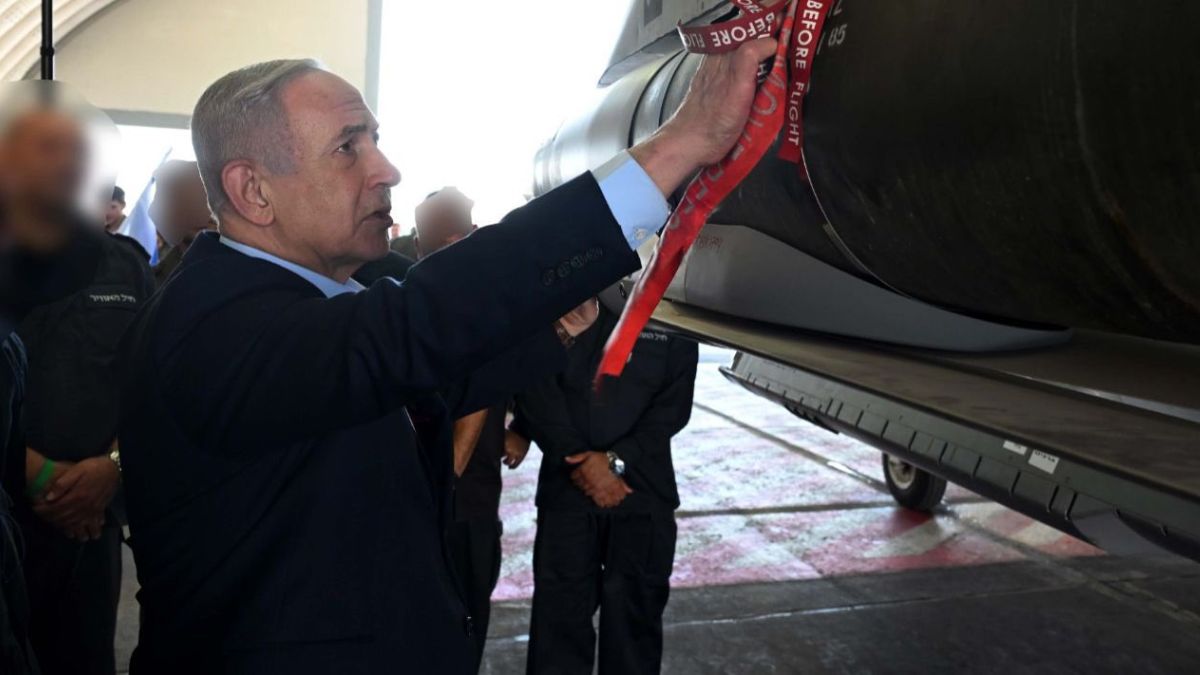
Sanctions relief could incentivize Iran to negotiate. Israel must clarify its endgame—whether it seeks regime change or nuclear containment. Targeting civilian infrastructure, as both sides have done, must stop. International oversight, via the UN or IAEA, could monitor nuclear sites. Regional powers, like Saudi Arabia, should be engaged to stabilize energy markets. Public pressure on leaders to prioritize peace is crucial. Without restraint, the conflict could engulf the Middle East, drawing in the U.S. and others.
Military Power of Israel and Iran
Israel’s military is advanced and precise. It has 169,500 active personnel and 465,000 reservists. Its air force boasts 241 fighter jets, including F-35s, and 1,200 drones. The Iron Dome intercepts 90% of incoming rockets. Israel’s navy includes submarines with nuclear capabilities, though it neither confirms nor denies this. Intelligence, via Mossad, excels in covert operations. Israel’s 2025 strikes on Iran’s nuclear sites and IRGC leaders show its reach. Annual defense spending is $24.4 billion, 5.3% of GDP.
Iran’s military is larger but less advanced. It has 610,000 active personnel and 350,000 reservists. Its air force, with 186 aging jets, struggles against Israel’s defenses. Iran’s strength lies in its missile program, with thousands of ballistic and hypersonic missiles. The IRGC, with 190,000 troops, is fiercely loyal to Khamenei. Iran’s navy is geared for asymmetric warfare, using fast boats and mines. Defense spending is $10.3 billion, 2.8% of GDP. Recent Israeli strikes exposed Iran’s weak air defenses.
Additional Perspective: The Human Cost and Global Stakes
The human toll is staggering. In Iran, over 400 have died since June 13, 2025, including 197 civilians. In Israel, at least 14 deaths and 390 injuries are reported. Both sides target civilian areas, escalating suffering. Iran’s economy teeters, risking riots if energy infrastructure is hit. Israel faces domestic pressure but remains resolute.
Globally, the conflict disrupts oil markets. Iran’s 3.8 million barrels daily production is at risk. Prices could spike, impacting economies worldwide. Russia and China urge de-escalation, wary of U.S. involvement. The G7 calls for restraint, but Trump’s unpredictable stance complicates diplomacy. A misstep could ignite a regional war, with nuclear risks on both sides.
The Ayatollah’s rise reshaped Iran, entrenching theocracy and sparking global tensions. Ordinary Iranians bear the brunt of economic and political strife. The Israel-Iran enmity, rooted in ideology and strategy, has exploded into open warfare. Diplomacy, not escalation, is the solution. Israel’s military edge contrasts with Iran’s resilience and missile arsenal. The world watches, hoping for peace to avert catastrophe. The stakes, human, economic, and geopolitical, are immense. Leaders must act wisely to spare civilians and stabilize the region.
